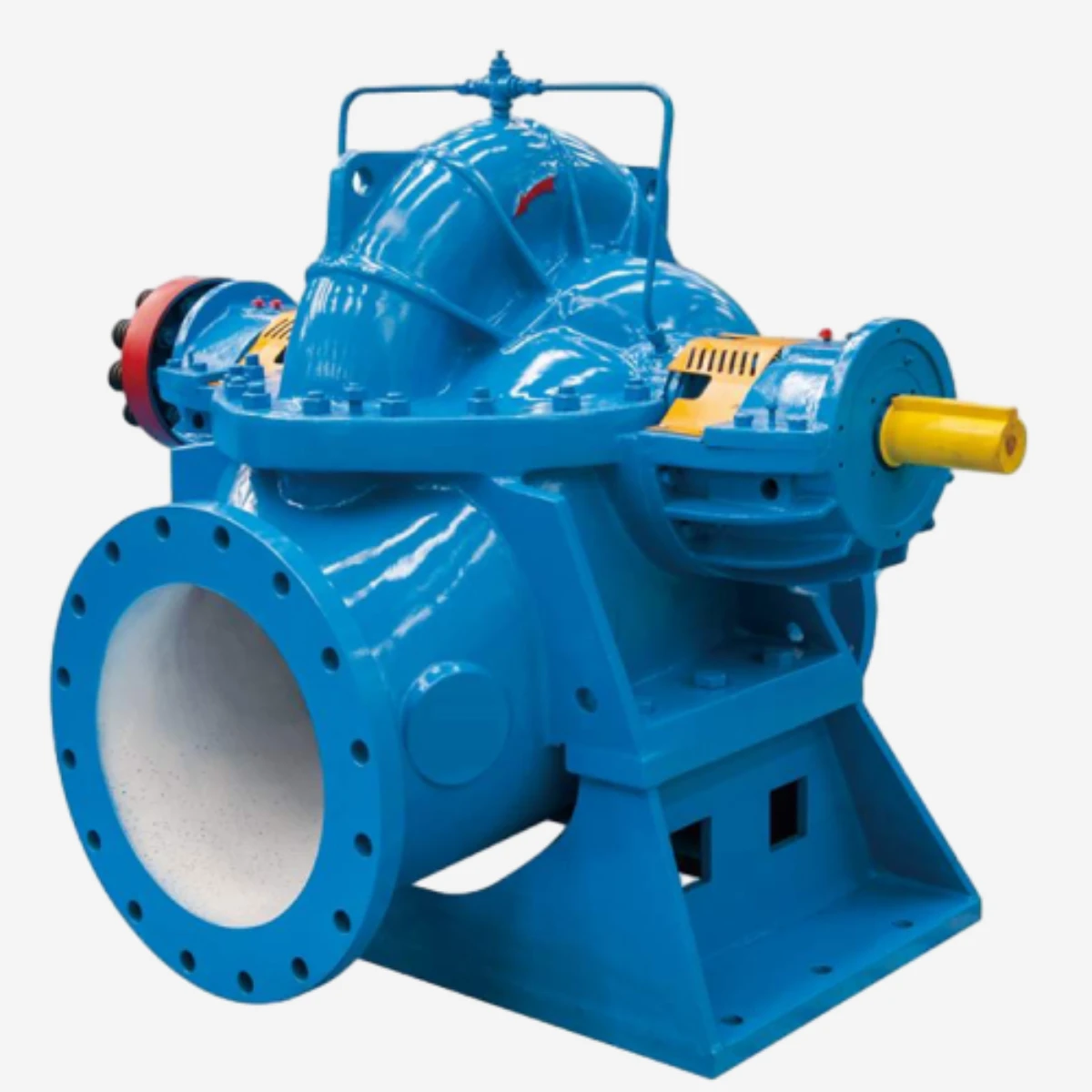Corsican
- Afrikaans
- Albanian
- Amharic
- Arabic
- Armenian
- Azerbaijani
- Basque
- Belarusian
- Bengali
- Bosnian
- Bulgarian
- Catalan
- Cebuano
- Corsican
- Croatian
- Czech
- Danish
- Dutch
- English
- Esperanto
- Estonian
- Finnish
- French
- Frisian
- Galician
- Georgian
- German
- Greek
- Gujarati
- Haitian Creole
- hausa
- hawaiian
- Hebrew
- Hindi
- Miao
- Hungarian
- Icelandic
- igbo
- Indonesian
- irish
- Italian
- Japanese
- Javanese
- Kannada
- kazakh
- Khmer
- Rwandese
- Korean
- Kurdish
- Kyrgyz
- Lao
- Latin
- Latvian
- Lithuanian
- Luxembourgish
- Macedonian
- Malgashi
- Malay
- Malayalam
- Maltese
- Maori
- Marathi
- Mongolian
- Myanmar
- Nepali
- Norwegian
- Norwegian
- Occitan
- Pashto
- Persian
- Polish
- Portuguese
- Punjabi
- Romanian
- Russian
- Samoan
- Scottish Gaelic
- Serbian
- Sesotho
- Shona
- Sindhi
- Sinhala
- Slovak
- Slovenian
- Somali
- Spanish
- Sundanese
- Swahili
- Swedish
- Tagalog
- Tajik
- Tamil
- Tatar
- Telugu
- Thai
- Turkish
- Turkmen
- Ukrainian
- Urdu
- Uighur
- Uzbek
- Vietnamese
- Welsh
- Bantu
- Yiddish
- Yoruba
- Zulu
Telephone: +86 13120555503
Email: frank@cypump.com
Dec . 19, 2024 05:55 Back to list
Submersible Pumps for Efficient Water Management and Wastewater Treatment Solutions
Understanding Submersible Pumps Essential Components of Fluid Management
Submersible pumps are engineering marvels that play an indispensable role in various industries, including agriculture, construction, mining, and wastewater management. Unlike traditional pumps that draw water or other fluids from above ground, submersible pumps operate underwater, boasting a distinct design that allows them to push fluids to the surface efficiently. This article explores the fundamental aspects of submersible pumps, including their working mechanisms, applications, advantages, and considerations for use.
Working Mechanism
A submersible pump consists of a sealed motor, a pump body, and a series of impellers housed in a single unit designed to be submerged in the fluid they are meant to pump. The motor is located at the bottom of the unit, which is strategically designed to push the fluid to the surface rather than pulling it. When powered on, the motor rotates the impellers, creating a pressure differential that draws fluid into the pump and forces it upwards through a discharge pipe. This unique design is critical for applications where surface-level pumps would struggle due to suction limitations or air exposure.
Applications
Submersible pumps are used in a range of applications. In agriculture, they aid in irrigation by drawing water from wells or reservoirs. They are also common in construction sites for dewatering purposes, helping maintain the integrity of excavated areas. In the mining industry, submersible pumps are employed to manage groundwater and prevent flooding in underground mines. Moreover, in wastewater management, they facilitate the transport of sewage and effluent to treatment facilities. Their versatility makes them invaluable tools in managing various fluids across many industries.
Advantages
pump submersible

The advantages of submersible pumps are numerous. Firstly, their ability to operate fully submerged minimizes the risk of cavitation—a phenomenon that can damage pumps when the pressure drops too low. Secondly, submersible pumps are highly efficient, as they do not require extensive mechanical components such as suction pipes or air vents. This efficiency translates into energy savings, making them environmentally friendly options. Additionally, these pumps are often quieter than surface models because the motor is submerged, reducing noise pollution in sensitive areas.
Another significant advantage is their compact design. Submersible pumps can fit into tight spaces, making them ideal for challenging terrains where traditional pumps would not be feasible. This compactness also means easier installation and maintenance, as many submersible pumps have straightforward designs that facilitate quick servicing.
Considerations for Use
Despite their many advantages, there are considerations to keep in mind when using submersible pumps. One critical factor is the fluid's nature; corrosive or abrasive materials can wear down the pump components over time. Therefore, choosing the right material for the pump casing and impellers is essential. Additionally, proper voltage and power supply must be ensured to prevent motor burnout, particularly in applications where the pump operates continuously.
Regular maintenance is also crucial to ensure optimal performance. This includes checking for blockages, verifying the integrity of electrical components, and monitoring fluid levels. By taking these steps, users can extend the lifespan of their pumps and avoid costly disruptions.
Conclusion
Submersible pumps are vital in fluid management across various sectors due to their efficiency, compact design, and versatility. As technology advances, these pumps continue to evolve, offering innovative solutions for both traditional and emerging applications. By understanding their mechanisms, applications, and operational considerations, users can harness the full potential of submersible pumps in their respective fields. Whether for agricultural irrigation, construction dewatering, or wastewater management, these pumps are set to remain essential tools in managing fluid dynamics effectively.
-
Heavy-Duty Mining Sludge Pumps - Wear-Resistant Slurry Handling
NewsAug.02,2025
-
Horizontal Split Case Pump with GPT-4 Turbo | High Efficiency
NewsAug.01,2025
-
ISG Series Pipeline Pump - Chi Yuan Pumps | High Efficiency, Durable Design
NewsAug.01,2025
-
Advanced Flue Gas Desulfurization Pump with GPT-4 Turbo | Durable & Efficient
NewsJul.31,2025
-
ISG Series Vertical Pipeline Pump - Chi Yuan Pumps | Advanced Hydraulic Design&Durable Construction
NewsJul.31,2025
-
ISG Series Vertical Pipeline Pump - Chi Yuan Pumps | Energy Efficient & Low Noise
NewsJul.31,2025










